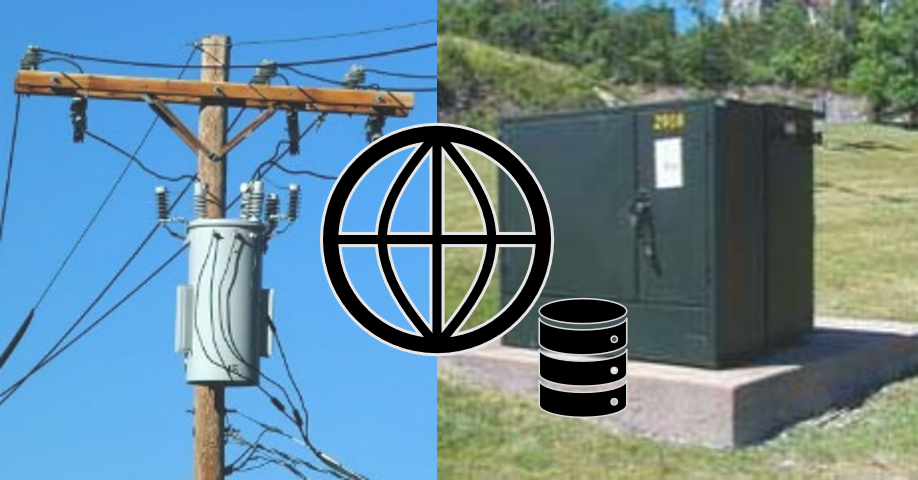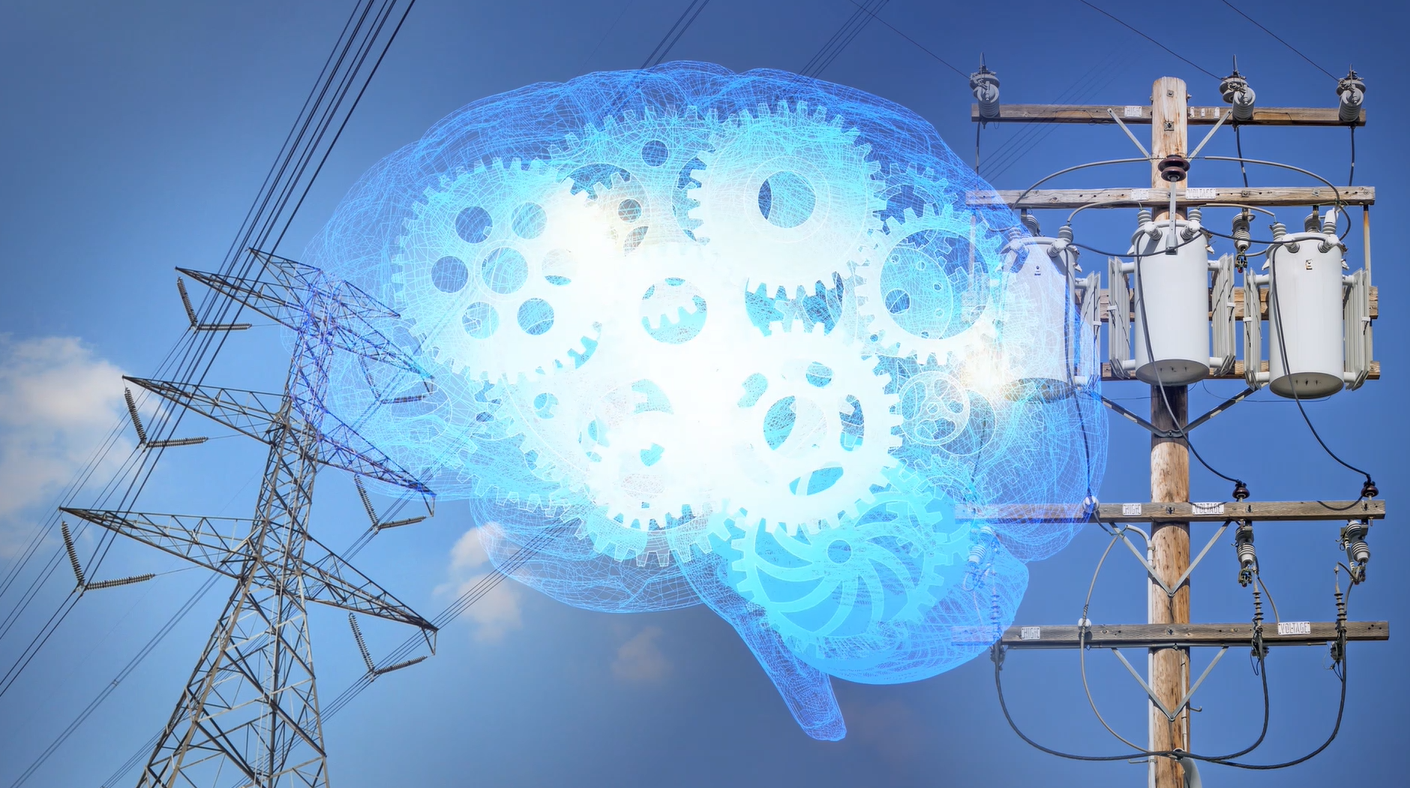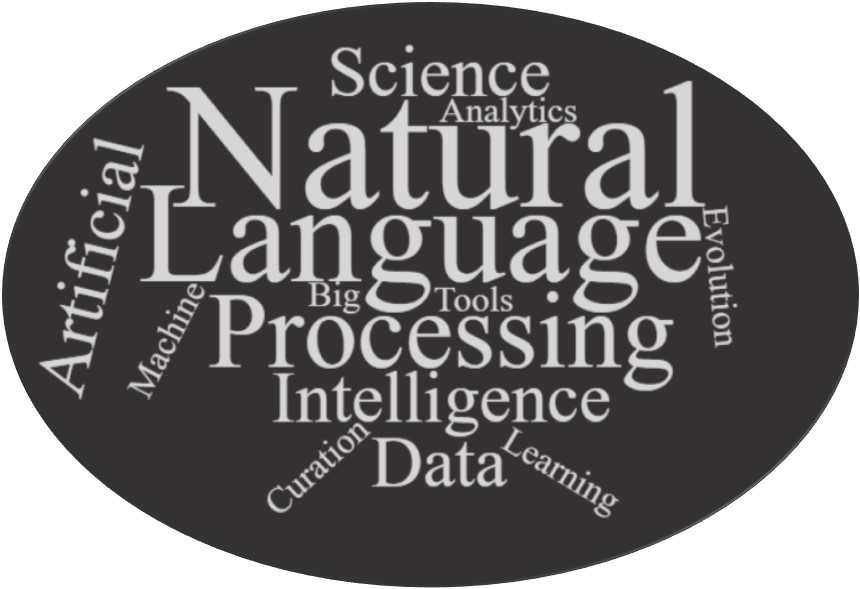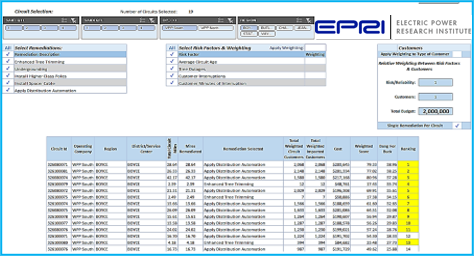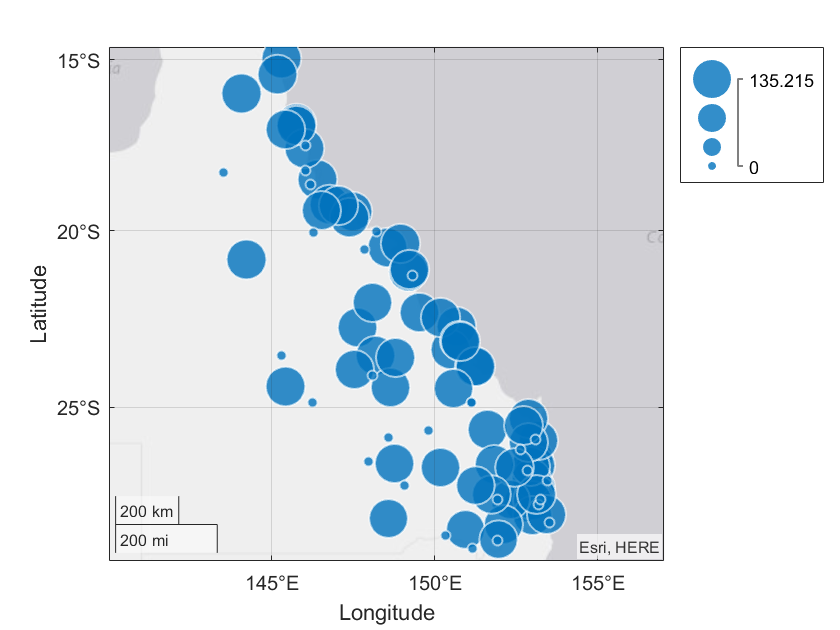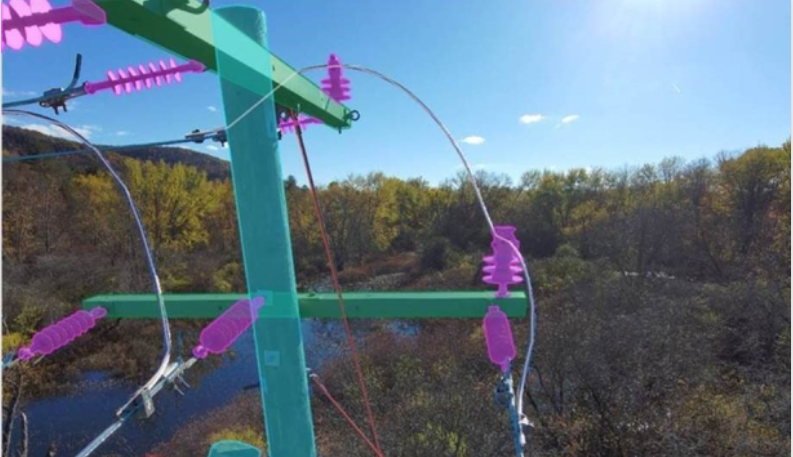Project Description
Key Research Questions
Distribution systems are composed of many assets that are distributed over a wide geographic area. Many of these assets are near or past their expected service life. Typically, an individual asset’s low cost makes online monitoring or testing difficult to justify, but the cumulative impact of aging equipment can have significant reliability and cost implications. Distribution asset managers are thus faced with the unique challenge of addressing aging infrastructure—and the associated risk—with minimal tools and information to support decision making. Many electric utilities are considering or have implemented asset management programs to minimize equipment life-cycle costs and risks, with much of the effort historically targeted at the more expensive transmission components, such as substation power transformers. These approaches could provide significant value to distribution systems. However, the data, analytical tools, and models required for distribution assets are not well established. At the same time, utilities are increasingly challenged with being able quantify, justify, and measure the effectiveness of investments in assets to bolster reliability and resiliency.
Objective
OH and UG distribution asset analytics research and reliability / resiliency analytics research intend to bridge this gap by developing decision support tools and methods to apply new insights and inferences extracted from analysis of asset performance and reliability data (e.g. maintenance, condition assessment, failure histories, images, expert knowledge, and outage data) by:
- Developing data models and database structures to assemble historical and on-going overhead and underground distribution asset performance and reliability data
- The establishment of industrywide databases comprised of appropriate, aggregated utility performance data and subsequent data mining to establish insights that inform decision making
- Developing metrics to better assess and evaluate equipment and system performance
- Analysis and integration of expert elicitation and data gathered from condition assessment/laboratory testing of overhead line components
- Developing novel approaches to curate data to enhance its benefit
The results of this research will support resource allocation decisions and other fleet and system performance tasks and provide utilities with new knowledge and data vital for effective asset and reliability management.
Research Tasks
- This project establishes the value and use of asset performance data, supports the facilitation and the curation of industry-wide asset data, advances the understanding of methods that better inform reliably and resilience decisions, and conducts research with members to understand how new data science tools and techniques such as artificial intelligence, natural language processing, and synthetic data can be leveraged for distribution assets and systems.
- The results of this research can help inform resource allocation decisions and other fleet and system performance tasks and provide utilities with new knowledge and data vital for effective asset and reliability management.
- Research results are transferred to members through scientific reports, easy-to-use software tools, reference guides, webcasts, and workshops.
- The project includes a number of interrelated and complementary tasks (described below):
Definitions and Data Models for Distribution Asset Analysis: This task develops and updates the underlying data models for efficient and effective extraction, transfer, and loading of test, diagnostics, performance, and failure data for use in industry and utility database applications and performance analytics. Data models for distribution transformers (including surface-mount, underground, and network), underground cables, and wood poles will be reviewed. This task could also work with project funders to develop a comprehensive prioritized list of additional overhead and underground distribution assets for which data models may be developed in future years.
Collection and Analysis of Industrywide Overhead and Underground Distribution Performance and Failure Data: This task compiles and analyzes historical failure and performance data on overhead and underground distribution assets in a common format, using information gathered from participating utilities. Efforts are underway to define and develop metrics and processes for mining and analyzing these data to develop insights that could lead to better informed decisions regarding maintenance program development; task and timing selection; benchmarking comparison among utilities and breaker makes and models; replacement decision support and specification and selection of new distribution system assets.
Analytics for Fleet Management of Overhead and Underground Distribution Assets: This task investigates and develops performance assessment analytics for distribution assets, such as wood poles; underground cables; and padmounted, underground, and network distribution transformers. The analytics are developed using data mining and analysis of periodic inspection results, subject matter expert experience, and other inputs, such as asset family, make, model, manufacturer, and operating environment. The research focuses on enhancements to algorithms and analytic methods for assets such as wood poles, underground cables, and distribution transformers.
Reliability and Resiliency Metrics and Analytics: This task aims to apply data analytics to traditional and emerging distribution system data sources to evaluate reliability and resiliency enhancement opportunities. This unique approach considers expected worst-case severe weather exposure, climate change, and other risk factors, enabling utilities to identify and target investments that will yield benefits in the specific areas where the improvements will be the most impactful. The analytics approaches used in this research effort enable members to understand historically successful leading practices and how new datasets can bring new insights to address reliability and resiliency challenges.
Evaluating Costs and Benefits of Reliability/Resiliency Improvement Options: This task analyzes different methods to quantify and cost-justify investments in reliability and resiliency improvement. In 2024, the planned focus of this work is to document industry-leading practices for cost-benefit applications and to address avoided-cost analytics. The avoided-cost analysis intends to create useful ratings for storm intensity and associated recovery costs. The work plans to develop replicable methods that utilities can leverage to guide their investment strategies and better inform the expected benefits to customers.
Geospatial Analytics and Insights: This task defines, prioritizes, and investigates scenarios where geospatial analysis of distribution assets may provide insights and support decision making. Also, this research intends to leverage asset performance data, SCADA information, smart meter data, and circuit-by-circuit power flow performance data. As this research collects data from utilities, EPRI intends to demonstrate different approaches for visualizing the query results over different temporal and spatial ranges.
Computer Vision for Asset Health and Inventory: Utilities can apply imagery, video, LiDAR, and other remotely sensed data to enable improved distribution asset inspection and inventory. EPRI intends to investigate application of artificial intelligence to data collected using existing and emerging inspection technologies. These results are intended to enable automated data processing and build confidence in computer-predicted asset health.
Research Value
Anticipated benefits to public and funders are:
- A sound technical basis for decision making
- Improved reliability of electric service
- Controlled lifecycle costs and risks
- Optimize allocation of programs for reliability and resiliency
- Reduce customers impacted by major storms and long interruptions
Asset and Analytics Task Force
The Asset and Analytics Task Force advises the Asset and Analytics Project (P180.005). This task force meets several times per year by WebEx or in person. There is usually one in-person meeting per year held in conjunction with the other P180 task forces.
Members are encouraged to participate in several ways:
- Help identify gaps in current research
- Make us aware of utility challenges and provide input to analytical approach
- Contribute data
- Share utility experiences and research application successes at task force and advisory meetings
- Attend task-force meetings
This task force is also a good opportunity to meet automation experts at other participating companies.
Common Questions
Who can attend task-force meetings?
- Task-force meetings are for funders of Program 180 or P180.005 project. This includes task-force members and guests from sponsoring companies.
How do I join this task force?
- Just send a request to Bhavin Desai or Eric Cornwell. Similarly, if you’d like to be removed, let one of them know.
Can my company have more than one task-force member?
- Yes.
Can I share task-force material within my company?
- Yes.
Are discussions covered by a non-disclosure agreement?
- Yes. All EPRI member agreements include non-disclosure clauses.
If my company isn’t funding this, how can I sign up?
- Each company has their own methods for selecting components of the annual EPRI research portfolio. Contact your METT for more information. Technical advisors from EPRI’s member services can also help. Find contact information here.
Related Research
Collaborative Supplemental Projects

|
Improving Grid Safety and Resilience During Extreme Weather Events and Wildfires
This project intends to improve resiliency and reduce wildfire risks by providing an objective technical basis for advanced distribution system design, protection, and management techniques.
|
For more on supplemental projects, click here. To discuss project ideas, please e-mail Doug Dorr.
Other Programs
P200 Distribution Operations and Planning
- PS200C: Operations
- PS200D: Protection
P34 Distribution Operations and Planning
- P34.001: Transmission Asset Management Analytics: Principles and Practices
- P34.003: Overhead Transmission Asset Analytics
- P34.004: Underground Transmission Asset Analytics
